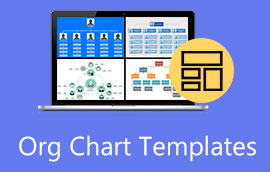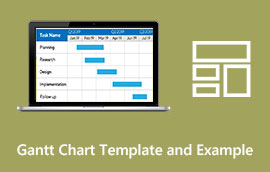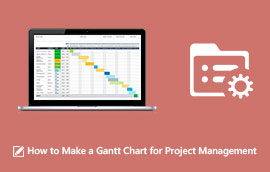3 Kinship Chart Example, Free Templates & Top Maker Recommendation Review
Feeling lost in the maze of standard family lineages? You're not a stranger to this experience! The kinship chart example is an innovative and appealing method. It helps you examine your family's history. It stretches the definition of traditional family ties. It shows a wider circle of relatives, like aunts, uncles, cousins, and in-laws. In this manual, we'll start an adventure into the realm of kinship charts. Here's what we'll cover: 3 Types of Kinship Charts, Free Templates, Best Kinship Chart Software Picks - MindOnMap. By the end of this review, you'll have the insight and tools to trace your family's background neatly and engagingly. So, prepare to discover surprising ties and pass down your distinctive family narrative to the next generation!

- Part 1. 3 Kinship Chart Examples
- Part 2. 3 Kinship Chart Templates
- Part 3. Bonus: Best Kinship Chart Maker- MindOnMap
- Part 4. FAQs of Kinship Chart Example & Template
Part 1. 3 Kinship Chart Examples
Have you ever found yourself gazing at a complex family tree, pondering your place in the vast network of relatives? The kinship diagram example is captivating. It offers a clear and visually appealing way to trace your family. These diagrams go beyond the simple parent-child links in normal family trees. They let you trace a bigger family network. This network includes siblings, aunts, uncles, cousins, and even your parents' side of the family. In this section, we'll explore kinship diagrams through three examples. They are: The Simple Nuclear Family Diagram, The Complex Extended Family Diagram, and The Ancestral Family Tree Diagram. By examining these examples, you'll see how kinship diagrams can simplify mapping your family tree. They do so in an engaging way.
Example 1. The Simple Nuclear Family Chart
Picture a sample kinship chart that focuses on a simple family structure. This basic family tree focuses on the main elements. It shows parents, their children, and possibly their partners. With its straightforward design, this type of diagram is the best choice for newcomers to genealogy. It helps see the family ties. It simplifies understanding parent-child bonds and finding siblings.
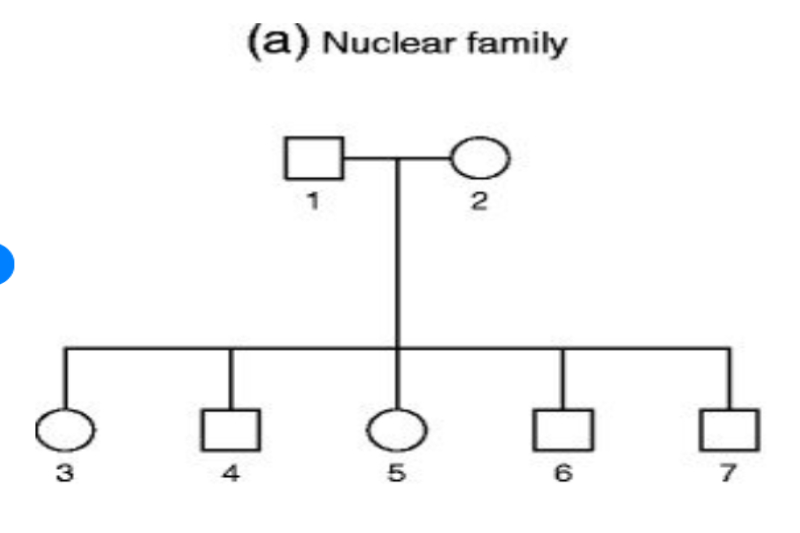
Features
• Easily comprehended and recommended for novices.
• Offers a straightforward view of close family connections.
• Fills in as a strong base for creating a more detailed family tree.
Example 2. Complex Extended Family Chart
A complex extended family chart is a kinship diagram. It goes beyond a typical family tree. It shows a larger family network. It highlights a deeper and more holistic view of your family lineage.
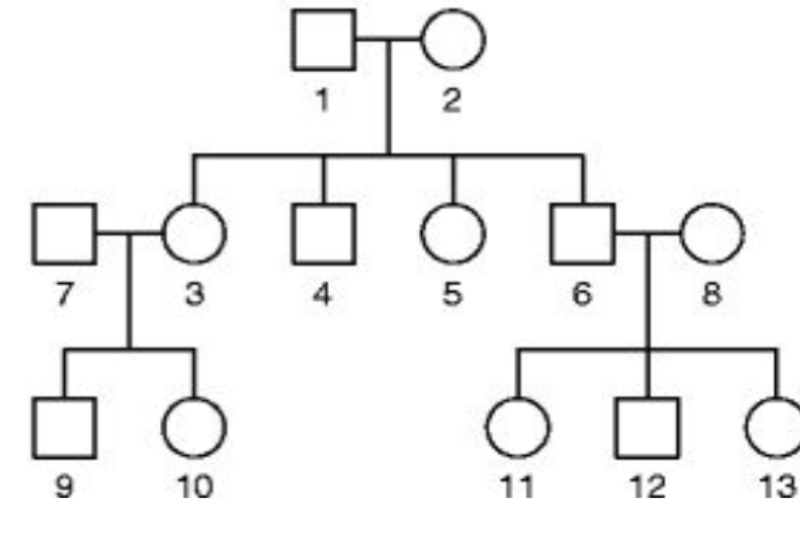
Features
• This includes not just parents and their children. It also includes great-grandparents, great-aunts, uncles, all cousins, and in-laws.
• It shows the genetic ties between parents and children. It also shows the dynamics of marriages, step-relatives, and adoption.
• Utilizes various visual tools like lines, boxes, and icons to depict family members and their connections.
• It could feature more than just names, including birthdates, death dates, addresses, and occupations.
Example 3. The Ancestral Family Tree Chart
The ancestral family tree chart is a kinship chart example crafted to help you map out your direct lineage. They are different from regular family trees. Those can include your immediate family, siblings, and wider relatives. However, these diagrams only focus on your parents, grandparents, great-grandparents, and others. They go as far back as the records allow.
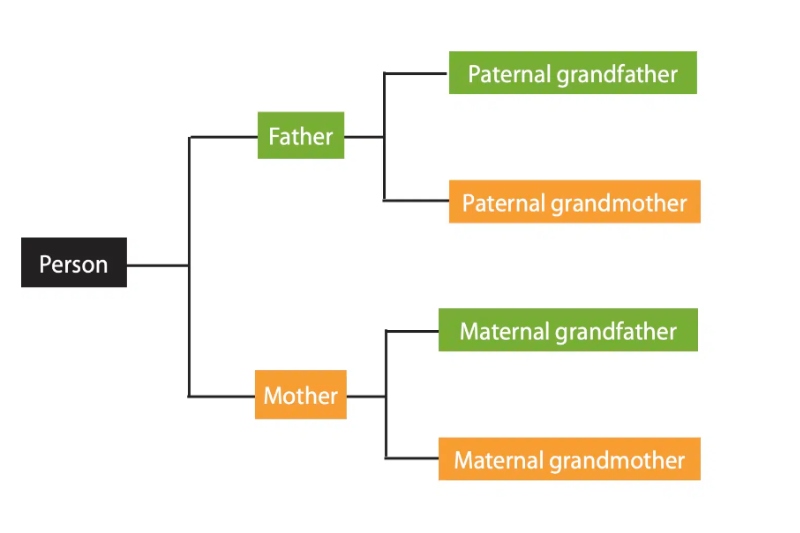
Features
• It focuses on tracing your direct bloodline.
• It is easy to understand and facilitates the visualization of your family's ancestral journey.
• Each person on the diagram typically has fundamental details such as their name, birth date, and, in some cases, their death date if available.
Part 2. 3 Kinship Chart Templates
Each kinship chart template provides a distinct framework and benefits. They let you adapt your kinship chart to meet your goals. Here are 3 Kinship Chart Templates you can use to get started mapping your family history:
Template 1: The Basic Nuclear Family
This kinship diagram template is for newbies. It's for individuals looking to sketch out their blood relatives.
Structure
• Start by putting yourself right in the middle.
• Create links from you to your parents, one for each.
• Feel free to include additional information below for each parent, such as their partner's name (if there is one).
Template 2: The Extended Family Chart
This kinship chart template shows your family relations in more detail. It gives a wider view of your family tree.
Structure
• Begin with the Fundamental Family Tree structure as in Template 1.
• Add boxes for your grandparents' names (if known) and their partners (if any).
• Expand the diagram by including lines and boxes for your aunts, uncles, and cousins. It's also possible to use various colors for the lines or symbols to distinguish between the mothers' and fathers' branches of the family.
Template 3: The Ancestral Family Chart
This kinship chart template guides you through history. It focuses on a particular relative.
Structure
• Select an ancestor to which you aim to trace your family tree, such as a grandparent or great-grandparent.
• Write their name at the top of the chart.
• Create a line linking them to their parents. Their parents were likely your great-grandparents or great-great-grandparents.
• Keep expanding the chart by adding lines and boxes for every subsequent generation of your ancestors.
• You can concentrate on one ancestral line or branch out to include separate lines for each parent of the selected relative.
Part 3. Bonus: Best Kinship Chart Maker- MindOnMap
Now we explore the kinship chart example and its templates. It's time to find the best way to make your family's story come alive: MindOnMap! MindOnMap offers more than just basic sketching tools. It has a full set of features. They are made to create eye-catching and informative Kinship Charts. Here's what makes it unique:
• It has an intuitive design, making it straightforward to use for even novice users.
• Kick-start your project with a selection of ready-made Kinship Chart templates.
• Move away from basic lines and boxes!
• Real-time collaboration enhances the sense of shared creation.
• You can customize your chart with a variety of fonts, colors, and themes, making it visually striking and unique to your family's story.
• It's simple to export as an image or PDF for sharing with family or keeping as a keepsake.
Head to our website by clicking the link. Choose a Kinship Chart template tree map.
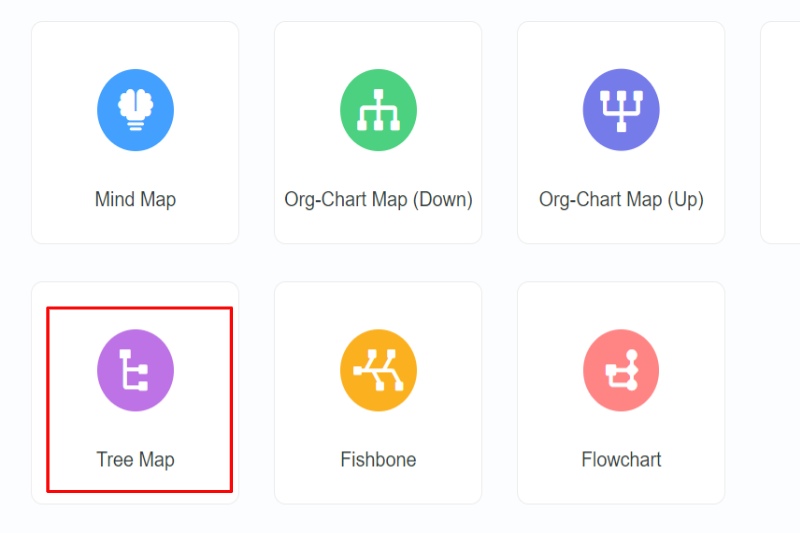
Start with parents(name, photo optional). Connect children (lines, names). You can personalize your chart by putting birthdates, professions, and photos. Get creative. You can also change the fonts, colors, symbols, and shapes.
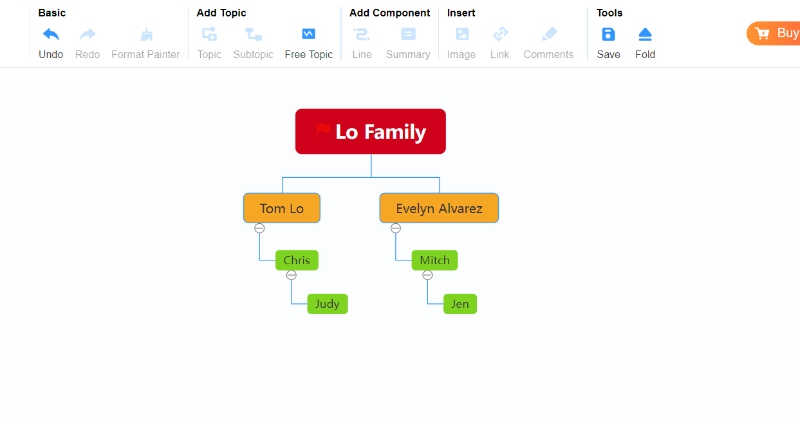
Save or export the chart and share it with your friends, schoolmates, and colleagues.
Part 4. FAQs of Kinship Chart Example & Template
What do the symbols mean in a kinship chart?
A kinship diagram uses symbols. Each symbol represents a person and their family connections. These symbols visually convey family relationships and individual characteristics in kinship charts. They can help you make your kinship chat better.
What do kinship charts show?
Kinship diagrams are graphic aids that depict the connections among family members. They highlight the family tree. They show gender, marriages, and relationships. They also show parent-child bonds, sibling connections, family lineage, and unique situations.
What is the simplest kinship system?
The simplest family relationship framework is often called the Hawaiian kinship system. It's also called the generational system. This approach uses the fewest words to explain family connections. It is known for being clear and broadly useful.
Conclusion
This review offers a deep analysis of a kinship chart template and example. They feature useful illustrations and formats for different family types. MindOnMap is a leading resource. It highlights the critical need for enough materials. They are to produce precise and eye-catching family tree diagrams. This mix includes illustrations, templates, and resources. They help people record and understand their family connections well.








